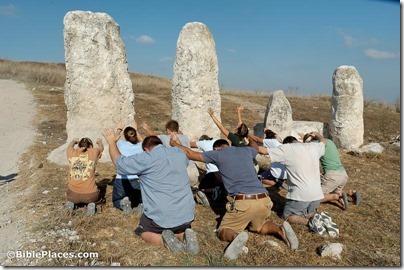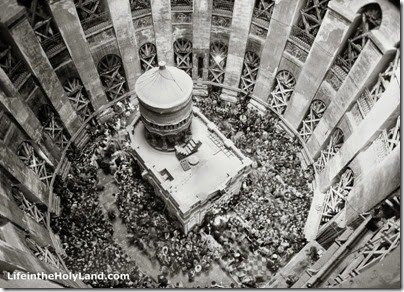Just posted: Preliminary Report of the 2015 Jezreel Expedition Field Season
A full schedule of speakers and topics for the Annual Bible and Archaeology Fest is now online. Eric Cline is the plenary speaker.
After the heat wave and brutal sandstorm, Israel this past week experienced lightning, hail, and flash floods. This is not typical September weather.
Near Eastern Archaeology‘s latest issue is devoted to “The Cultural Heritage Crisis in the Middle East.” It is available online for free to all.
Eisenbrauns has just released its fall catalog.
A new book: Distant Views of the Holy Land, by Felicity Cobbing and David Jacobson. 330 pages, 350 illustrations, $200. A free sample is available here.
Here’s more about Penn Museum’s new exhibit, “Sacred Writings: Extraordinary Texts of the Biblical World.”
This Wednesday, Sept 23, Brent Strawn of Emory University will give a lecture at Trinity Evangelical
Divinity School entitled “The Historical Psalms, Iconographically Considered.” The event will take place at 7:00 pm on Trinity’s campus, Hinkson Hall in Rodine Building. The lecture is free and open to the public.
Clashes on the Temple Mount have caused damage to Al Aqsa Mosque.
Aren Maeir is on the Book and the Spade talking about his excavations of Gath and the discovery of a large gate this season (part 1, part 2).
Egyptian security officials have ordered the shutdown of St. Catherine’s Monastery.
From ASOR: Can you pass this Sea of Galilee quiz?
The latest issue of Popular Archaeology includes articles on Gath and Magdala.
Ferrell Jenkins explains the significance of Mahanaim (mentioned 13x in the OT) and shares some photos.
HT: Agade, Charles Savelle, A.D. Riddle, Paleojudaica



